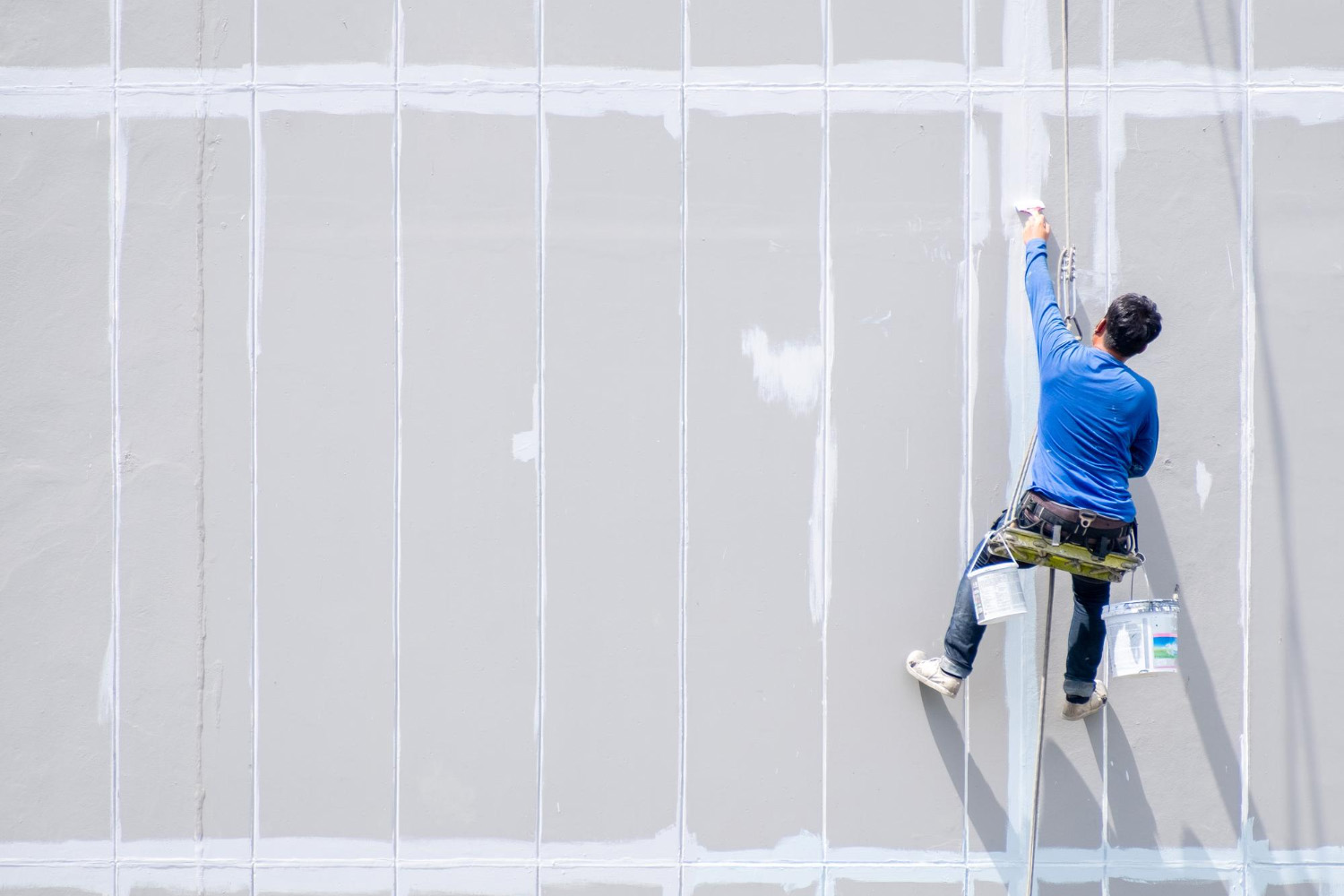The Importance of Considering the Material of Your Exterior Walls Before Painting

Are you planning to give your home a fresh coat of paint? You might be thinking about the color and finish, but there is one crucial factor that you should not overlook—the material of your exterior walls. Different materials require specific preparation and techniques to achieve the best results. Failing to consider this could lead to peeling, chipping, and premature fading of your paint. In this blog, we will discuss why it is vital to consider the material of your exterior walls before painting.
1. Brick and Masonry
Brick and masonry are popular choices for exterior walls due to their durability and aesthetic appeal. However, they have specific requirements when it comes to painting. Brick and masonry must be cleaned thoroughly and may require power washing to remove dirt, grime and remove any mold or mildew. They need to be treated with a primer designed for masonry, as regular paint will not properly adhere and penetrate the surfaces. Also, brick and masonry should be painted with breathable paint that allows moisture to escape to prevent damage.
2. Stucco
Stucco is another popular exterior wall material, mostly found in Southern homes. Stucco requires special preparation, including repair and patching holes, cracks, or damage. Stucco needs to be thoroughly cleaned with a power washer and allowed to dry completely before painting. They require a primer specifically designed for stucco to ensure the paint adheres properly. Priming will also prevent the stucco from soaking up the paint, which can lead to blotchiness and unevenness.
3. Wood
Wood is a versatile and classic material that can add warmth and charm to a home's exterior. However, it requires specific preparation to ensure that paint adheres to it and lasts longer. Wood homeowners should check for any damaged or rotting areas. Rotten areas should be removed and replaced before painting. The wood surfaces need to be cleaned, sanded, and allowed to dry thoroughly before painting. They require a primer specifically designed for wood to reduce tannin stains from leaching and to prevent peeling and chipping.
4. Vinyl
Vinyl is a low-maintenance and popular exterior material that homeowners love. However, painting vinyl siding requires special preparation to ensure the paint adheres to the surface correctly. Vinyl must be cleaned and allowed to dry before painting. They require a paint designed for vinyl to ensure adhesion and prevent peeling and flaking. Vinyl siding should not be painted darker than the original color to prevent warping and damage from heat absorption.
5. Metal
Metal is a durable material used for exterior walls of commercial buildings. Before painting, metal needs to be cleaned, and the presence of rust must be removed. Metal surfaces require a primer specifically designed for metal to prevent corrosion and ensure adhesion. The paint used should also be resistant to fading and chalking from UV radiation.
Conclusion
Painting your home is a big investment and one that should be done right the first time. Considering the material of your exterior walls is vital in achieving the best results and ensuring the longevity of your paint job. Each material has its unique requirements when it comes to preparing and painting. Therefore, it's essential to trust an experienced painter that knows and understands each material's specifications. If you're looking for Painters in Winter Springs, FL, contact Lakestone Painting for a free consultation. They can help you achieve the best results for your home's exterior painting project.